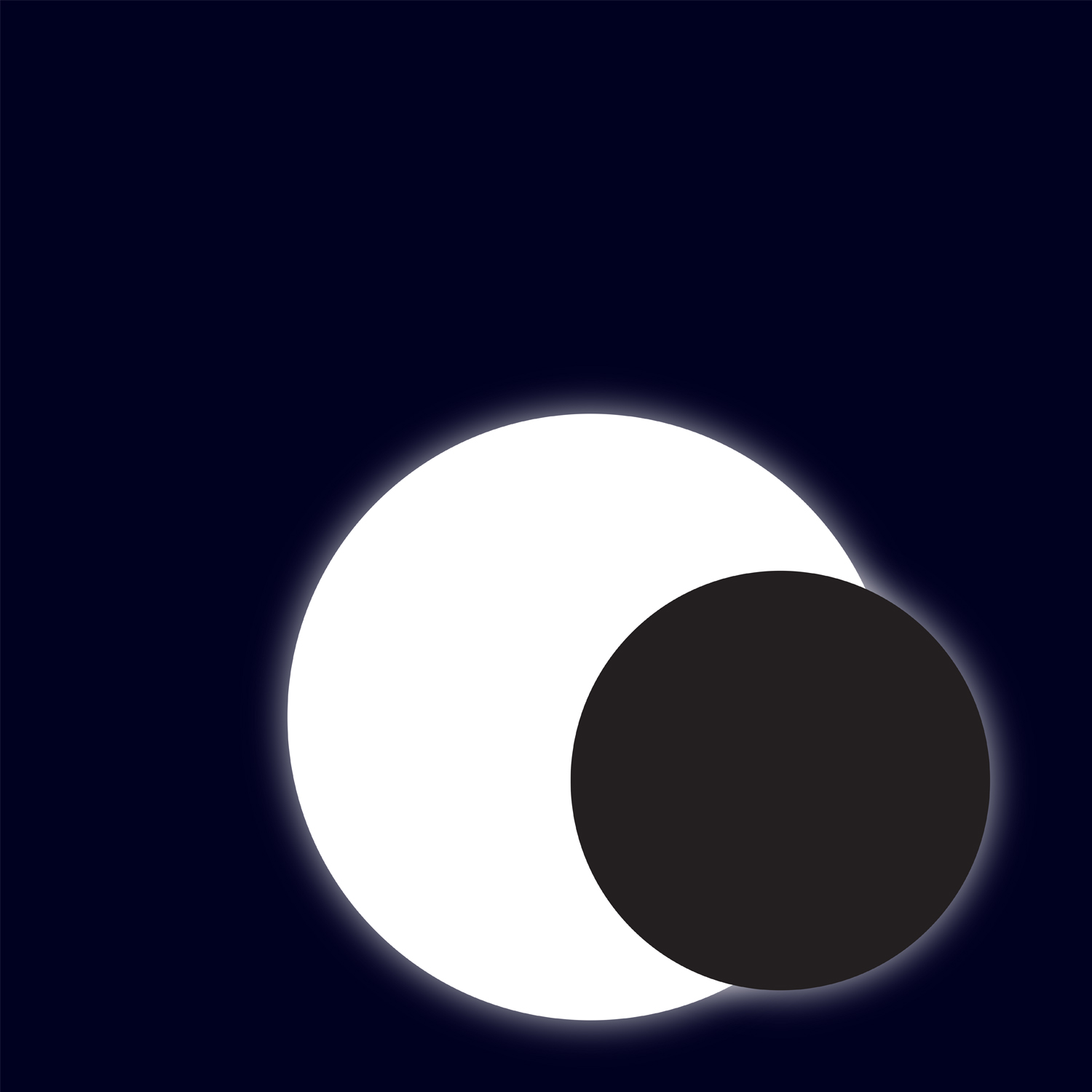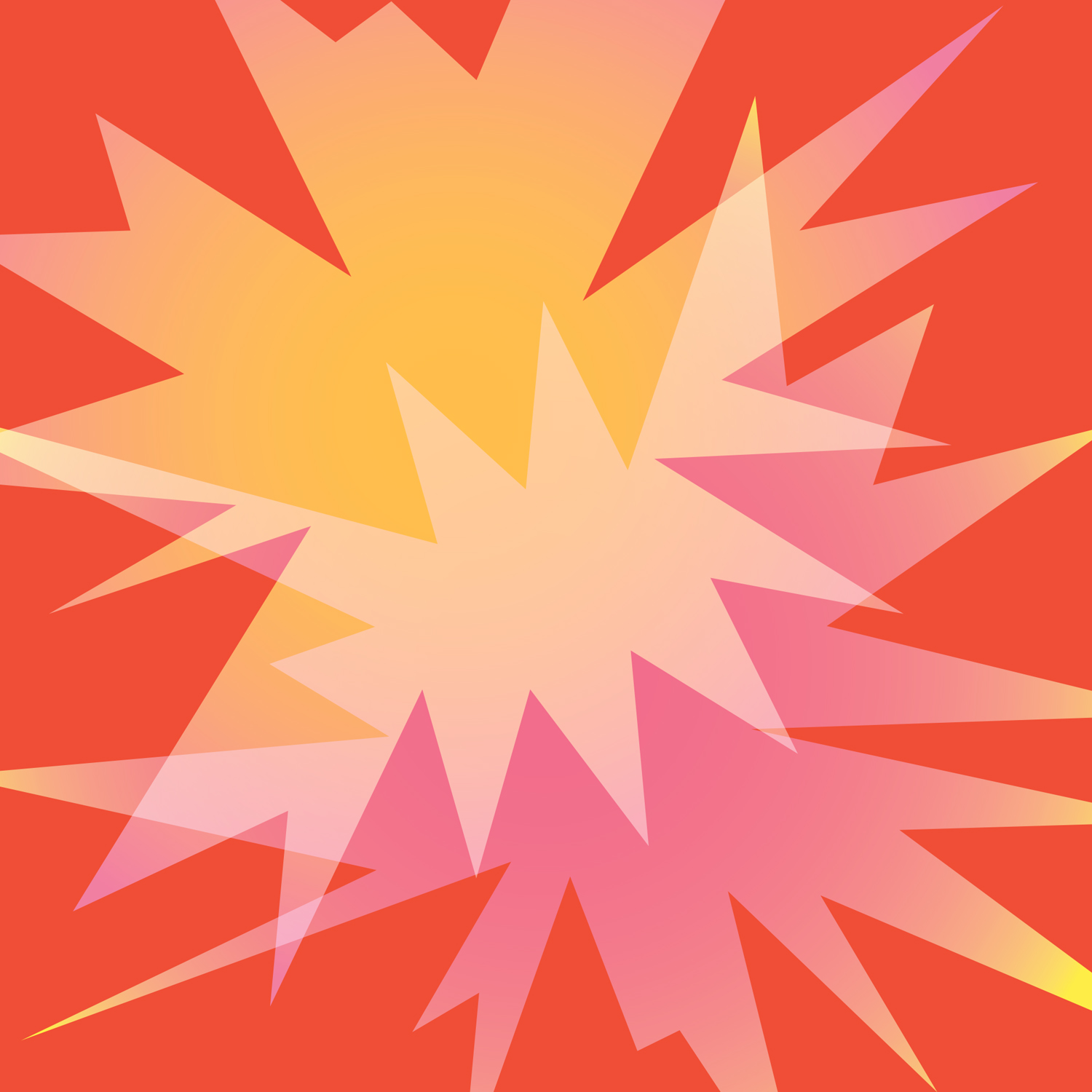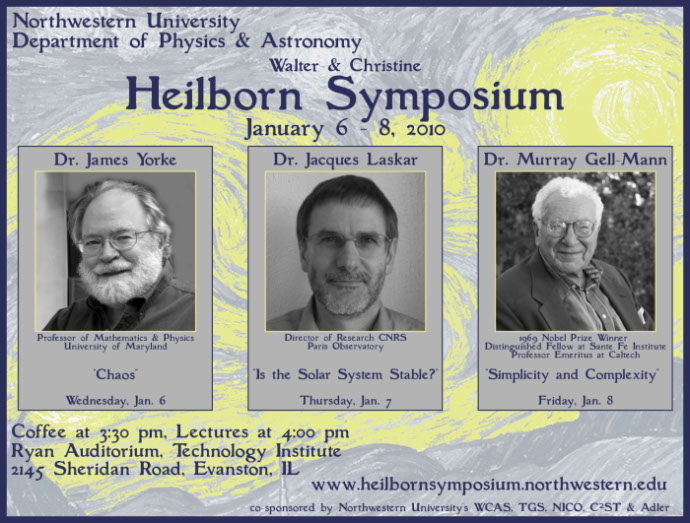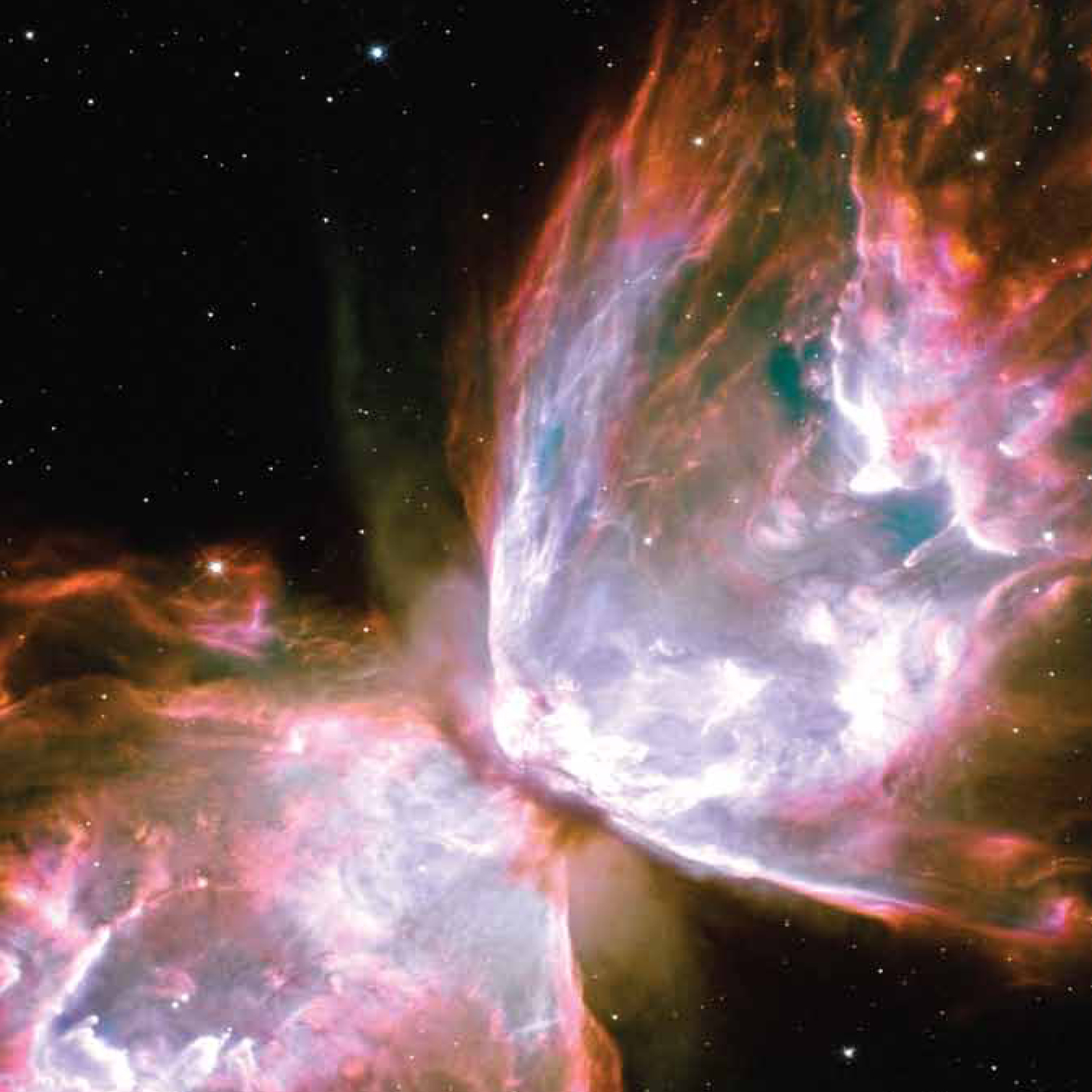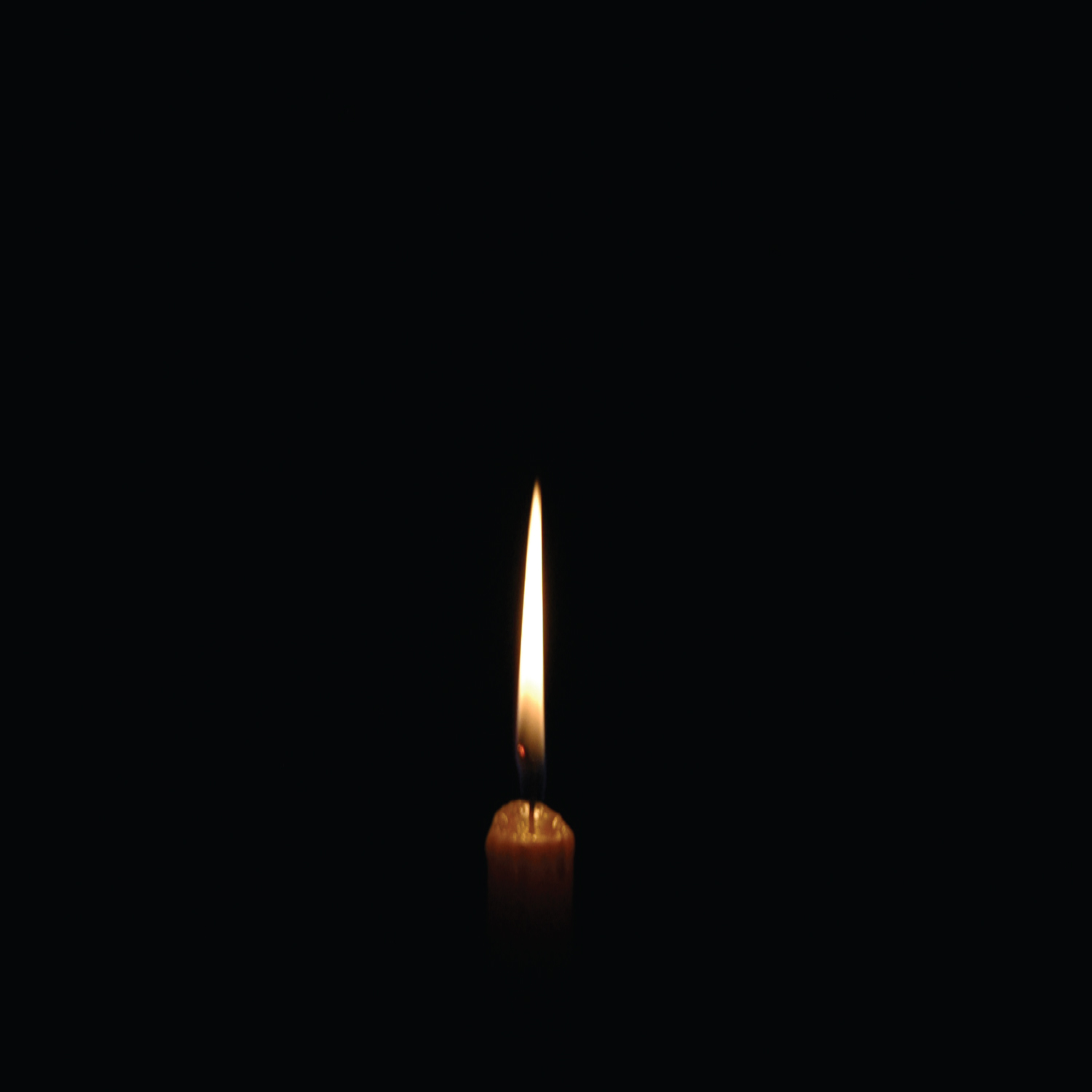Upcoming Events
C2ST achieves its mission by hosting relevant, independent, and credible public STEM programs across all scientific fields at locations throughout Chicagoland. With nine out of ten program attendees’ expectations fulfilled, our supporters agree that C2ST is accomplishing its mission of increasing the public’s understanding of science and technology.
We are dedicated to providing a professional and inclusive environment for everyone, regardless of gender, gender identity and expression, sexual orientation, disability, physical appearance, body size, race, age, or religion. Please be respectful of diversity in individuals and in cultures at our events.
Miss an event? Anyone across the globe can access our STEM program library by visiting our YouTube channel, C2ST TV. Also be sure to follow us on Facebook, where we livestream many of our programs.
Check out below what programs we have planned and discover what we’ve hosted in the past.
Privacy Policy
As a guest of Chicago Council on Science and Technology (C2ST), you agree to be photographed, videotaped, or filmed and grant C2ST permission to put the finished footage/photography to any uses that it may deem proper including marketing, advertising (print, radio, and television) and PR-related activities.
We only have access to/collect information when you sign up for our programs or that you voluntarily give us via email or other direct contacts from you. We will not sell or rent this information to anyone. We will not share your information with any third party outside of our organization.
Filter Events
January 25, 2011
Program Series:
Physical Science
Join C2ST and representatives from The Adler Planetarium and NASA’s Luna Institute as we view Earth’s closest neighbor, learn about our relationship with the Moon, and discuss NASA’s near-term strategies for exploring the Moon and why it can be a platform for the next generation of science.
December 9, 2010
Northwestern University Chicago Campus, Hughes Auditorium
303 E Superior St, Chicago, IL, United States
Program Series:
Physical Science
The next decade will be the decade of the WIMP, the best candidate for dark matter. Astronomers tell us dark matter exists, as well as how much there is. Cosmologists have a simple, elegant, compelling explanation for dark matter: a weakly interacting massive particle (WIMP) that was produced in the primordial soup. Read more…
December 4, 2010
University of Chicago
5720 South Ellis Avenue, Chicago, IL, United States
Program Series:
Physical Science
A Day of Science
PHYSICS WITH A BANG!
Students, families, teachers and especially the curious are invited to attend our annual Holiday Lecture and Open House. Read more…
January 7, 2010
Ryan Auditorium, Technological Institute
2145 Sheridan Road, Evanston, IL, United States
Program Series:
Physical Science
The Chicago Council on Science and Technology in partnership with Northwestern University’s Department of Physics and Astronomy presented the Heilborn Lectures.
October 28, 2009
School of the Art Institute of Chicago, SAIC Ballroom
112 South Michigan Avenue, Chicago, IL, United States
Program Series:
Physical Science
In May 2009, NASA astronaut and University of Chicago alumnus John Grunsfeld boarded the last Space Shuttle to visit the Hubble Space Telescope. Dr. Grunsfeld successfully upgraded the telescope with new cameras and instruments and made repairs to allow the telescope to begin a new journey of discovery.
February 23, 2009
Blackstone Hotel
636 South Michigan Avenue, Chicago, IL, United States
Program Series:
Physical Science
Cosmologists are making ever more precise measurements of the Universe and have found that they know almost precisely nothing about what it is made of. Only one percent of the Universe is made of the kind of everyday matter that can be seen with telescopes–the stars, the planets, us.
